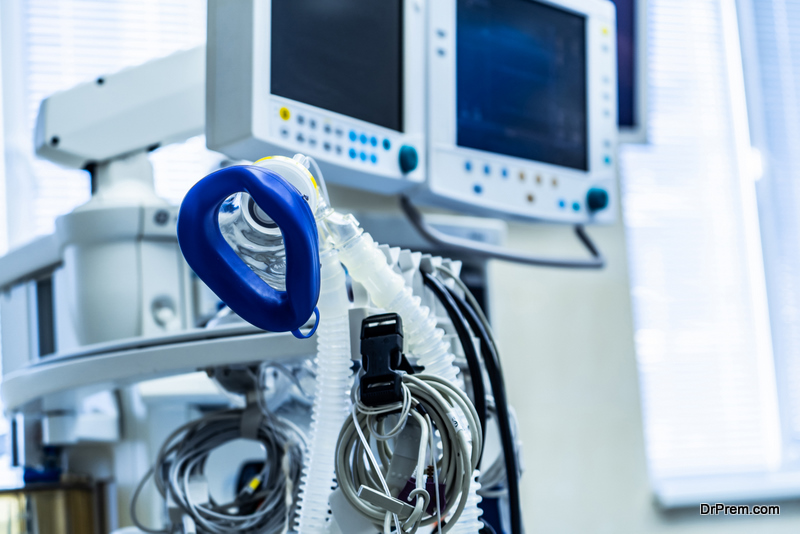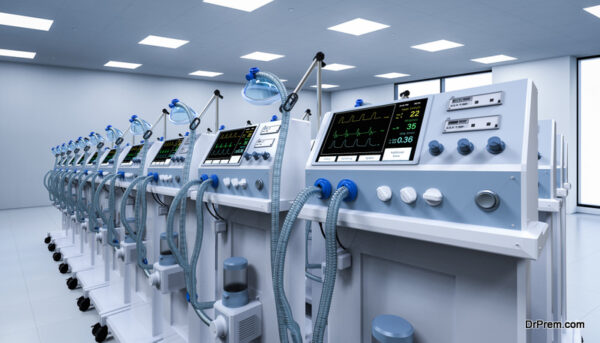Designing medical equipment is a huge responsibility. These devices are used by millions of people around the world on a daily basis and can literally be the difference between life and death. There are lots of factors to consider when developing one of these products, but here are three key things for medical equipment designers to keep in mind.
1. Regulated power supplies

Something as important as a piece of medical equipment must be consistent, reliable and safe, which is why designers need to ensure that the power supplies they’re using tick all of these boxes. Choosing items from regulated suppliers is the only way to mitigate risk and instil confidence about the medical equipment.
In the brochure accompanying its medical power supply page, leading power supply provider XP Power notes the various regulations that must be adhered to. For example, “ISO13485, the quality management system for medical devices, ensuring that every power supply produced is safe and fit for purpose” and “ISO14971 (risk management for medical devices)”. Power supplies should also be certified to ISO9001 (the internationally recognized Quality Management System) and ISO14001 (the international standard specifying requirements for an effective environmental management system).
In addition, they must abide by the electromagnetic compatibility (EMC) directive that makes sure electrical and electronic equipment does not generate, or is not affected by, electromagnetic disturbance. Clearly, this is of the utmost importance for devices serving such critical purposes. It’s vital to check that any potential power supply provider can prove they meet all these strict conditions.
2. A user-friendly aesthetic
Although functionality is the main priority when designing medical devices, aesthetics still matter. Colour, for instance, is something that needs to be carefully considered. “Themain purpose for using colour is not in making devices look attractive; it can however be used to improve the user experience,” explain experts at Team medical device design and development consultancy.
There are many ways to use colour effectively. For example: “Colour can emphasise key interaction points on a user interface (such as an actuation button, or a dose selector), and by using a hierarchy of colours we can influence the user’s interaction, helping them to follow the correct usage steps in the correct order.” However, be mindful that there will be restrictions as certain pigments may impact the mechanical properties of the device.
Simplicity and clarity should always be kept in mind when designing medical equipment, which necessitates minimal features where each one is completely justified. If a function doesn’t improve usability, it will likely be a hindrance rather than a help. There is no need for any superficial detail that could distract from the device’s practical applications.
3. Alternative suppliers

Covid-19 exposed weaknesses in supply chains across a number of industries, and medical device manufacturing was no exception. Many lessons need to be learned from the pandemic experience, and one thing designers must now consider is whether they can source the components they need from an alternative supplier if necessary.
“For some manufacturers, availability of parts has been the greatest challenge” explains John Bowman, Marketing Director and Lead of the Medical Task Force at Anglia Components. “Single-source components can be especially problematic. Future designs should make thorough use of multiple Approved Vendor Lists (AVLs) to facilitate problem-free sourcing in a high volume of alternative components in the quest to mitigate production risks.”
This is especially important in order to prepare for times where there may be increased demand for certain pieces of medical equipment, as we have seen in the case of ventilators throughout the pandemic. Ensuring that devices can be produced even if one supplier can’t provide the desired component is crucial.
Article Submitted By Community Writer




